The wide, wide world of sports is no stranger to upsets. A team faced with adversity listed as the underdog suddenly comes out of nowhere to shock the world and pull off what the fans—and the odds—would have considered impossible. A proverbial plot twist played out across the court, the field, or in the case of the FIFA Women’s World Cup, the pitch.
Every four years, the gaze of the globe falls upon 32 qualifying teams pitted against each other in at least 90 grueling minutes of blood, sweat, and tears that are often required to earn championships. And every four years, millions of watchful eyes are laser-focused on the stats, matchups, and odds that play into or against the favor of their favorite team—whether they’re the top-ranked pick to win or the down-and-out underdog.
So what is an upset? Where does the term even come from? Depending on who you ask and, more importantly, who their team is—any and all games can be looked at as an upset if your team is losing. But where the term came from is actually steeped in sports lore. Though the first mention of an “upset” originated from a racing news blotter in New York, its popularization came from the well-known (and only) defeat of champion thoroughbred racehorse “Man o’ War” in 1919 by a horse named—you guessed it—Upset. While the term itself came from racing, the concept spread throughout the sports world, and generation after generation have found themselves facing “upsets” of their own.
In honor of this year’s FIFA Women’s World Cup, OddsSeeker looked back at some of the biggest upsets in the competition’s history. To compile the list, various data points were compared with a focus on final score as well as matchups where underdogs prevailed against tough opponents in knockout rounds.
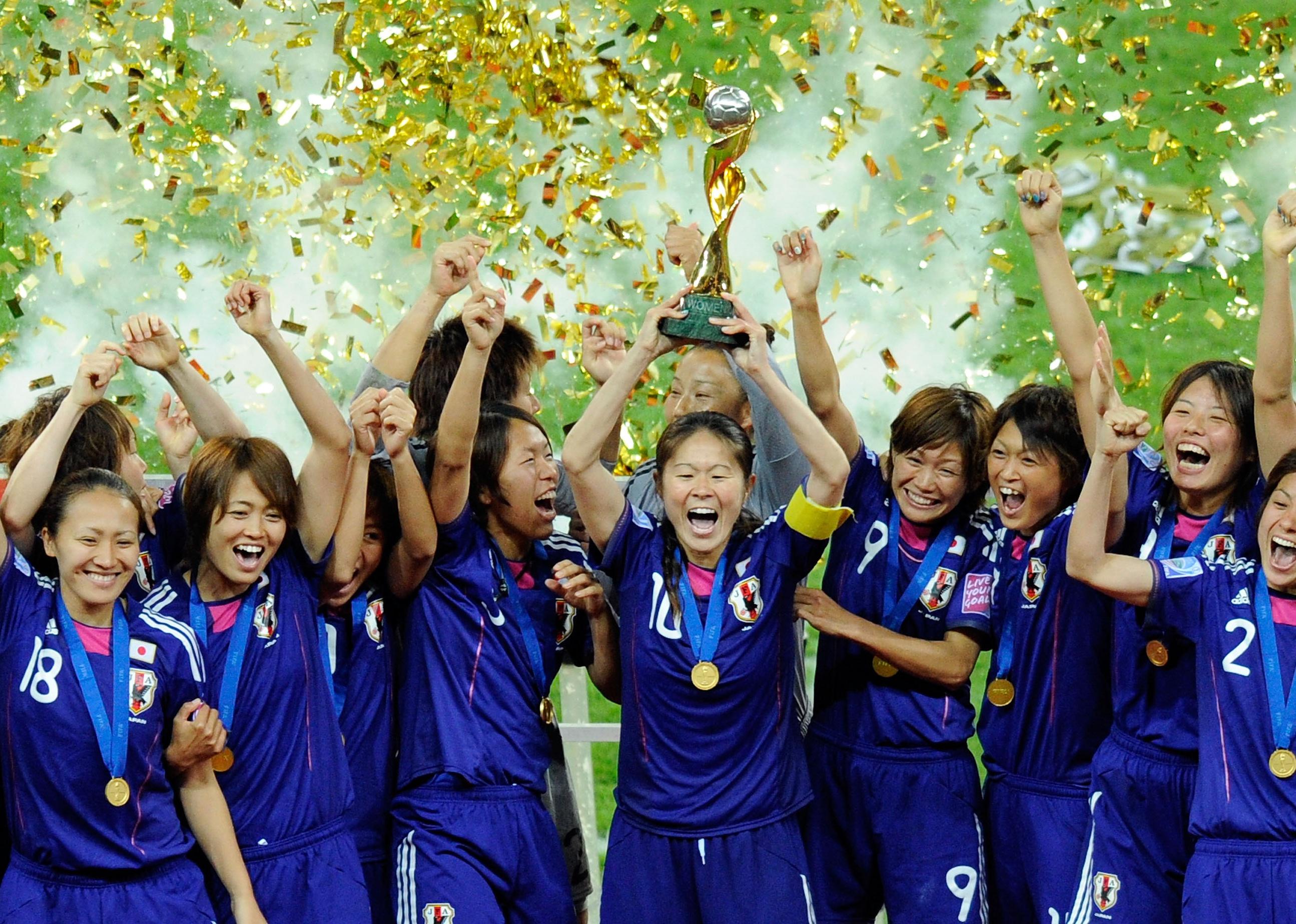
Thorsten Wagner // Getty Images
Japan defeats Germany (2011)
– Host country: Germany
– Final score: 1-0
In the 2011 quarterfinals, two-time champion Germany, who also had the home-field advantage, was considered a heavy favorite to take the cup. Japan’s underdog status that year, however, was attributed to even more than stats and win-loss ratios. Four months prior to Japan taking center stage in front of the world, the country had been rocked literally and figuratively by the largest natural disaster the country had ever seen.
The Great East Japan Earthquake tore apart the country, and with the amount of wreckage and power shortages, the team—who had already struggled to capture the attention of their home country’s fans—had to cancel their domestic league. Japan didn’t just defeat Germany 1-0 with a goal by Karina Maruyama—they beat Sweden and the U.S. women’s national team and eventually became the reigning champs.
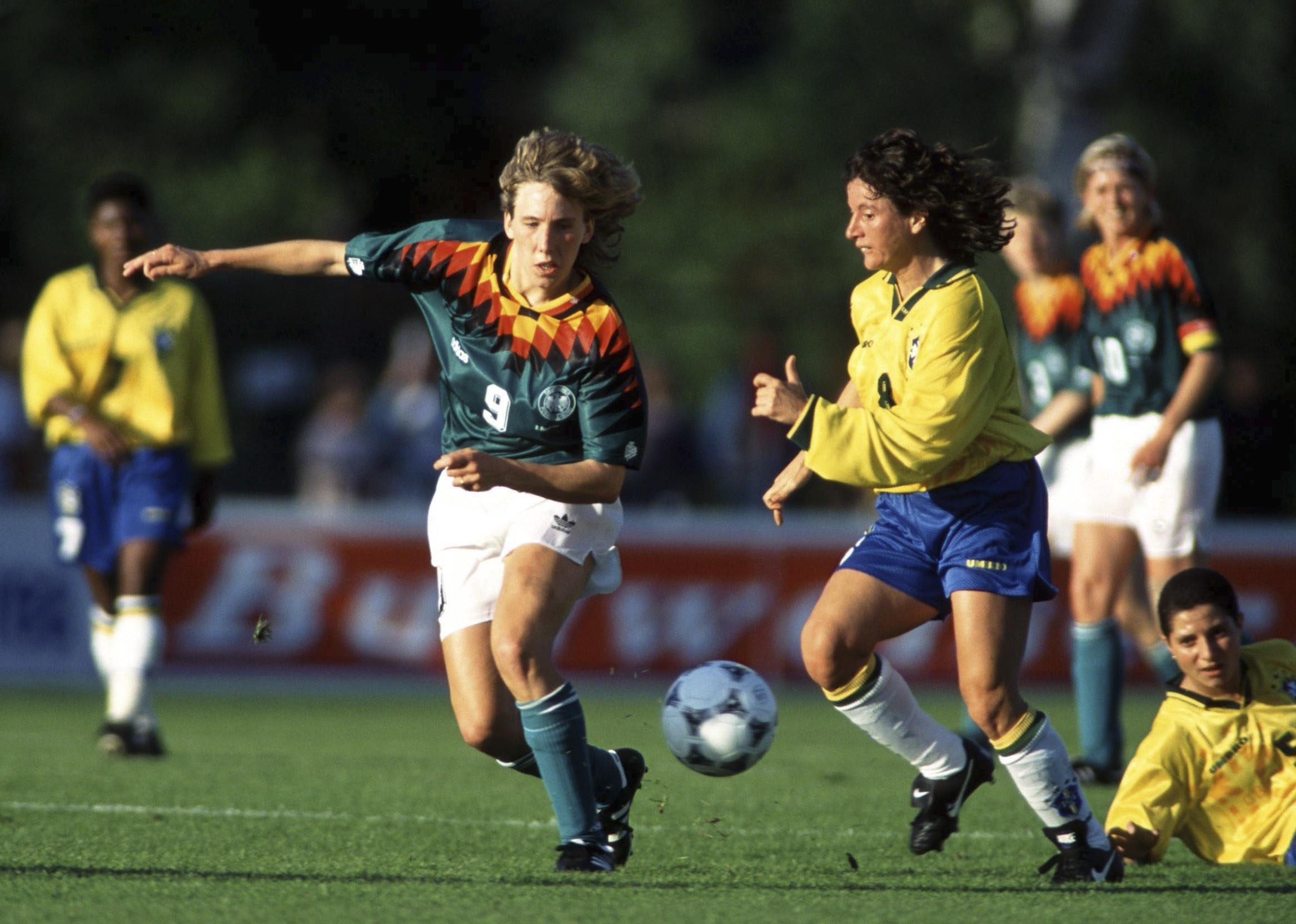
Bongarts // Getty Images
Brazil defeats Sweden (1995)
– Host country: Sweden
– Final score: 1-0
Sweden was the host nation for the 1995 FIFA Women’s World Cup, and as any sports fan can tell you, the host team always has a bit of an advantage, even if it isn’t a tangible one. It can’t make someone run faster or jump higher by the logic of science, but thousands of people screaming and cheering you on as you play like your life depends on it? That is an unquantifiable advantage that can make an opposing team feel like the underdog.
Considering Brazil wasn’t exactly among the best in the world in 1995, it made their match finish against the host team that much more impressive. Though Brazil didn’t go on to place—finishing at the bottom of their group—their adrenaline-fueled burst into the games certainly left a memorable impression.
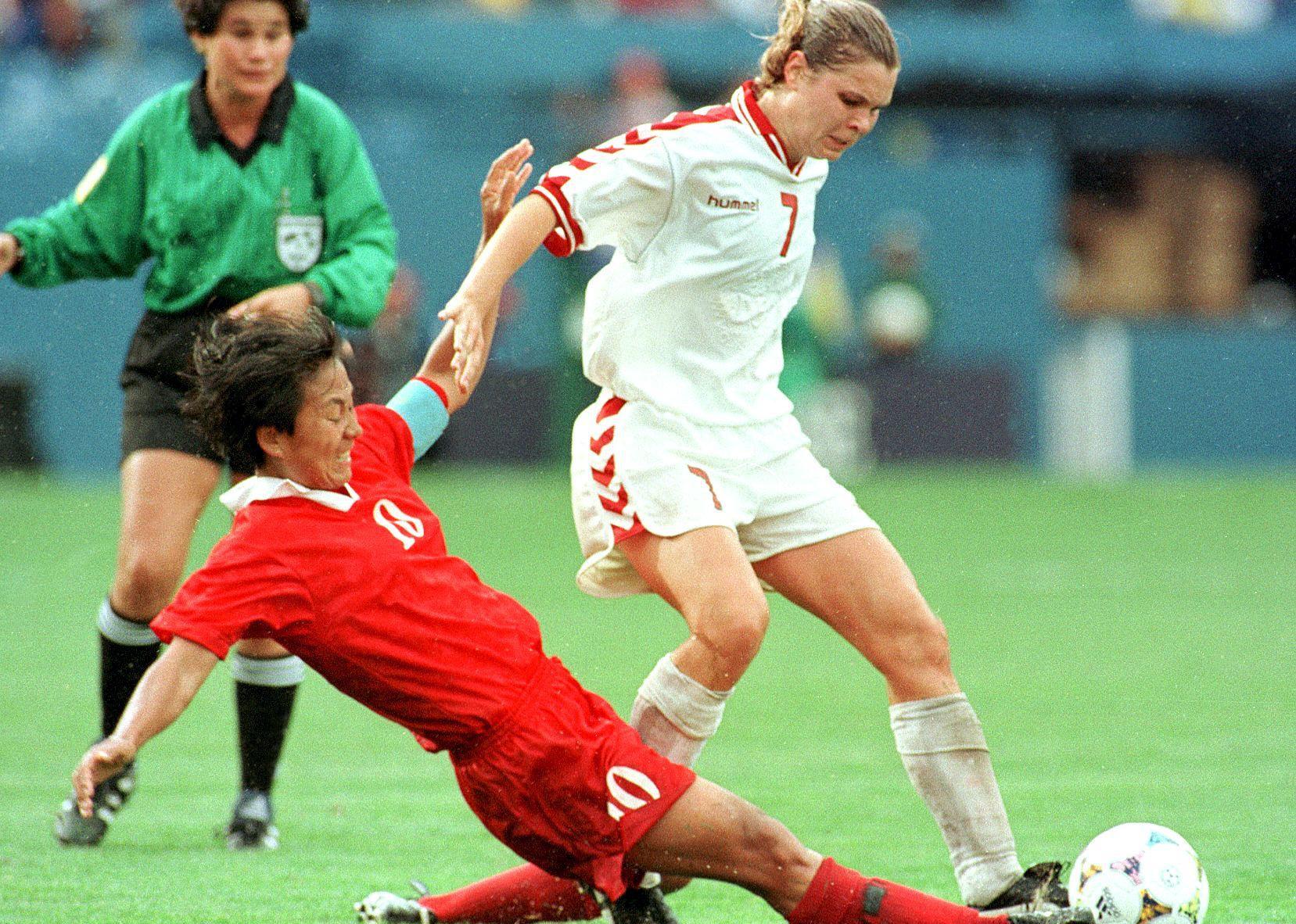
DAN LEVINE // Getty Images
North Korea defeats Denmark (1999)
– Host country: United States
– Final score: 3-1
By the time 1999 rolled around, Denmark was already making a big name for itself in the global landscape of soccer. They’d had impressive finishes in the previous FIFA Women’s World Cup and were considered a favorite going into this end-of-the-millenia match. With Denmark’s hard-earned reputation as the team to beat, going into the match against North Korea, the odds were in their favor—until they got unexpectedly squashed. North Korea went on to lose to the United States, who ultimately took home the championship that year.
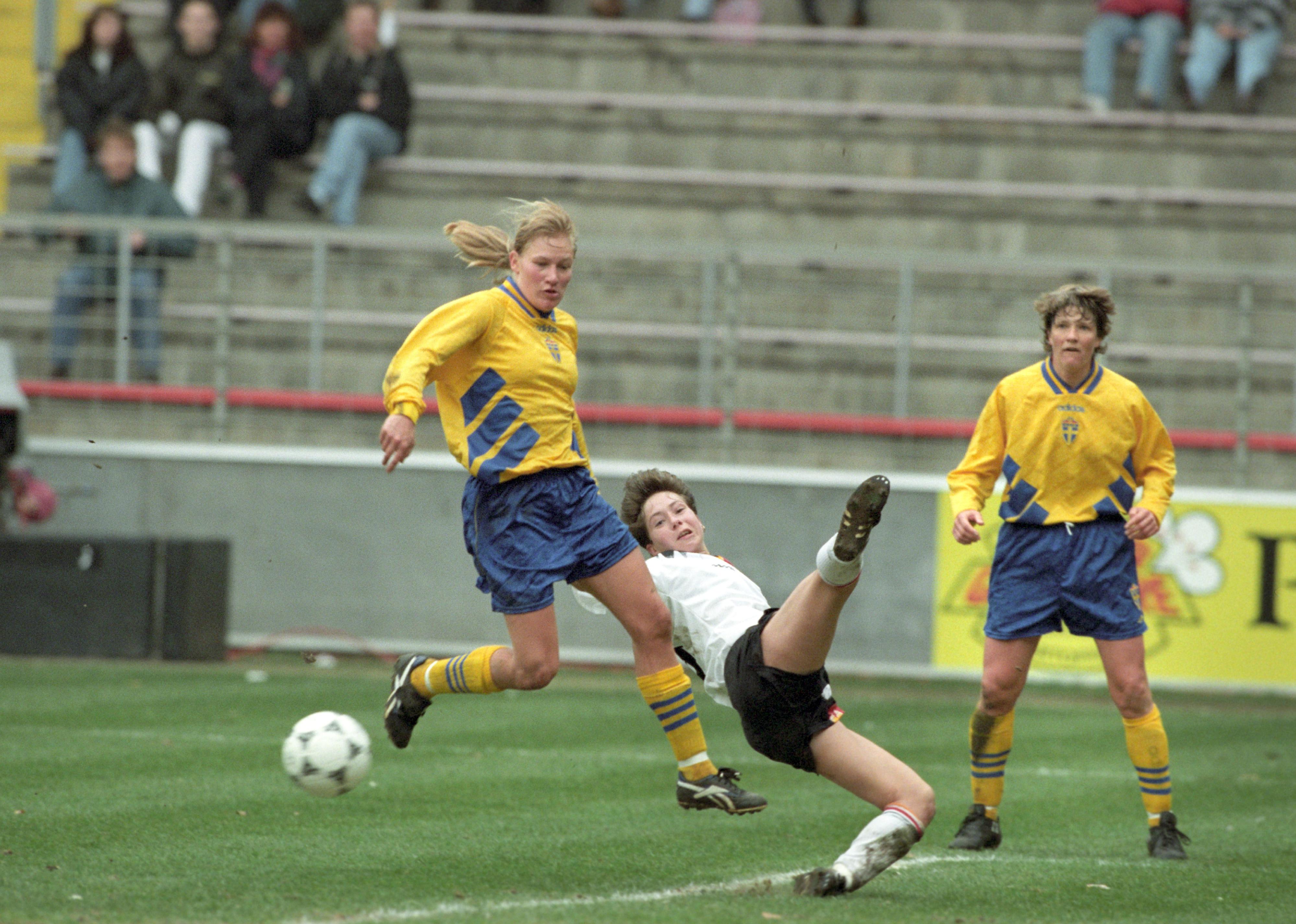
Oliver Berg // Getty Images
China defeats Sweden (1995)
– Host country: Sweden
– Final score: 1-1 (won on penalty kicks)
The 1995 FIFA Women’s World Cup had double the stakes. Not only were the teams playing for the trophy and the title of World Cup Champions, but there was another prize for the taking. The winner would earn qualification for the Olympic Football Tournament, the first time women would compete in the sport on an Olympic stage.
The quarterfinal match between China and host team Sweden was a nail-biter that came down to a penalty shootout. A back-and-forth ensued that left fans on the edge of their seats—until China PR took the win 4-3. While China wouldn’t place in the top three—they earned the #4 rank, with Norway taking home the cup—they did earn qualification in the Olympic tournament.
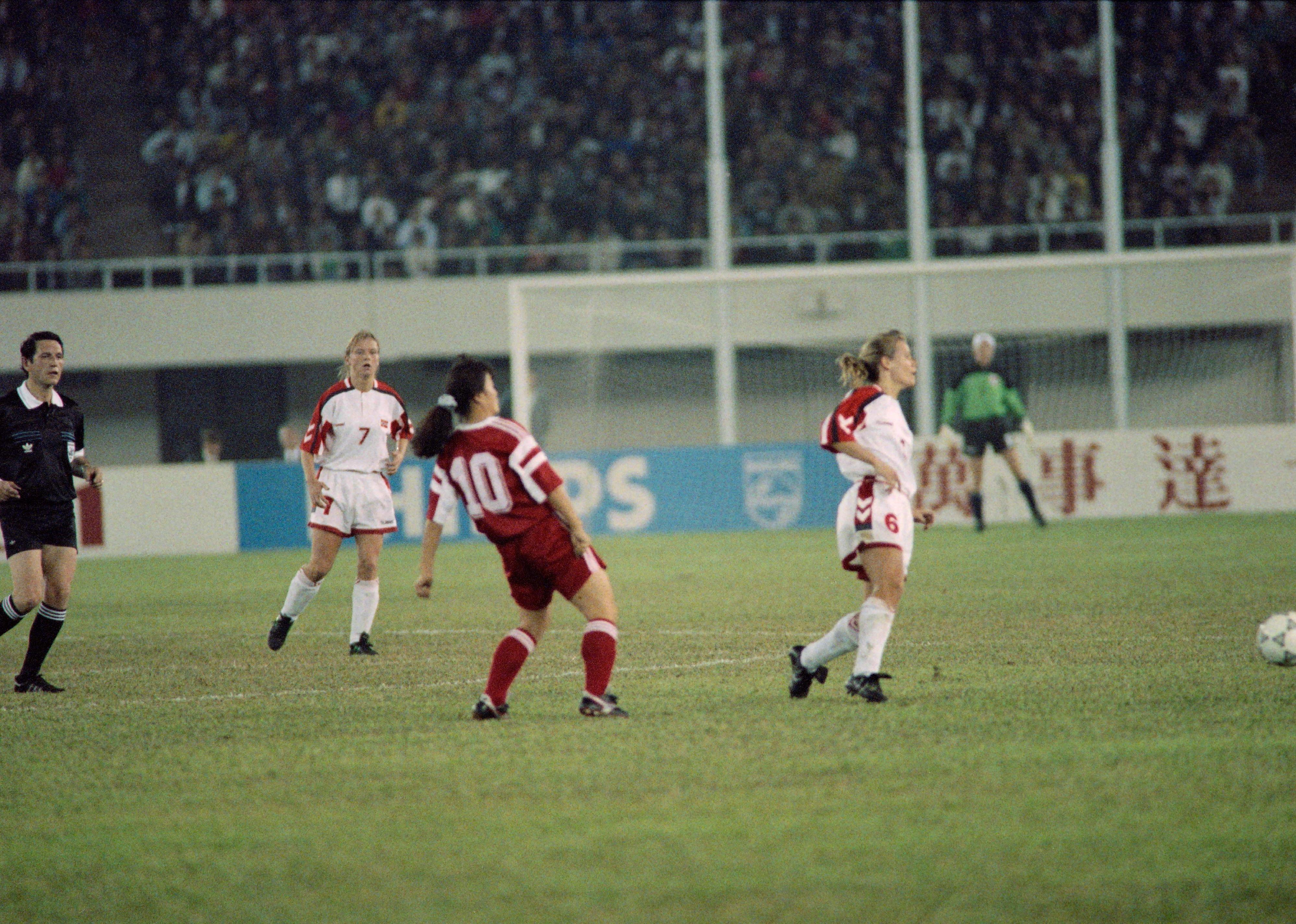
THOMAS CHENG/AFP // Getty Images
China beats Norway (1991)
– Host country: China
– Final score: 4-0
During the inaugural FIFA Women’s World Cup, China had somewhat of a home-field advantage. But when it came to their defeat against Norway (who would win second place after losing in the final match to the United States), the dominant victory was unexpected. In the historic debut match, China’s Ma Li scored the first goal in FIFA Women’s World Cup history, with China’s goalie, Zhong Honglian, claiming the first “clean sheet.” While China would not place, they certainly solidified themselves in history with their first pitch performance.
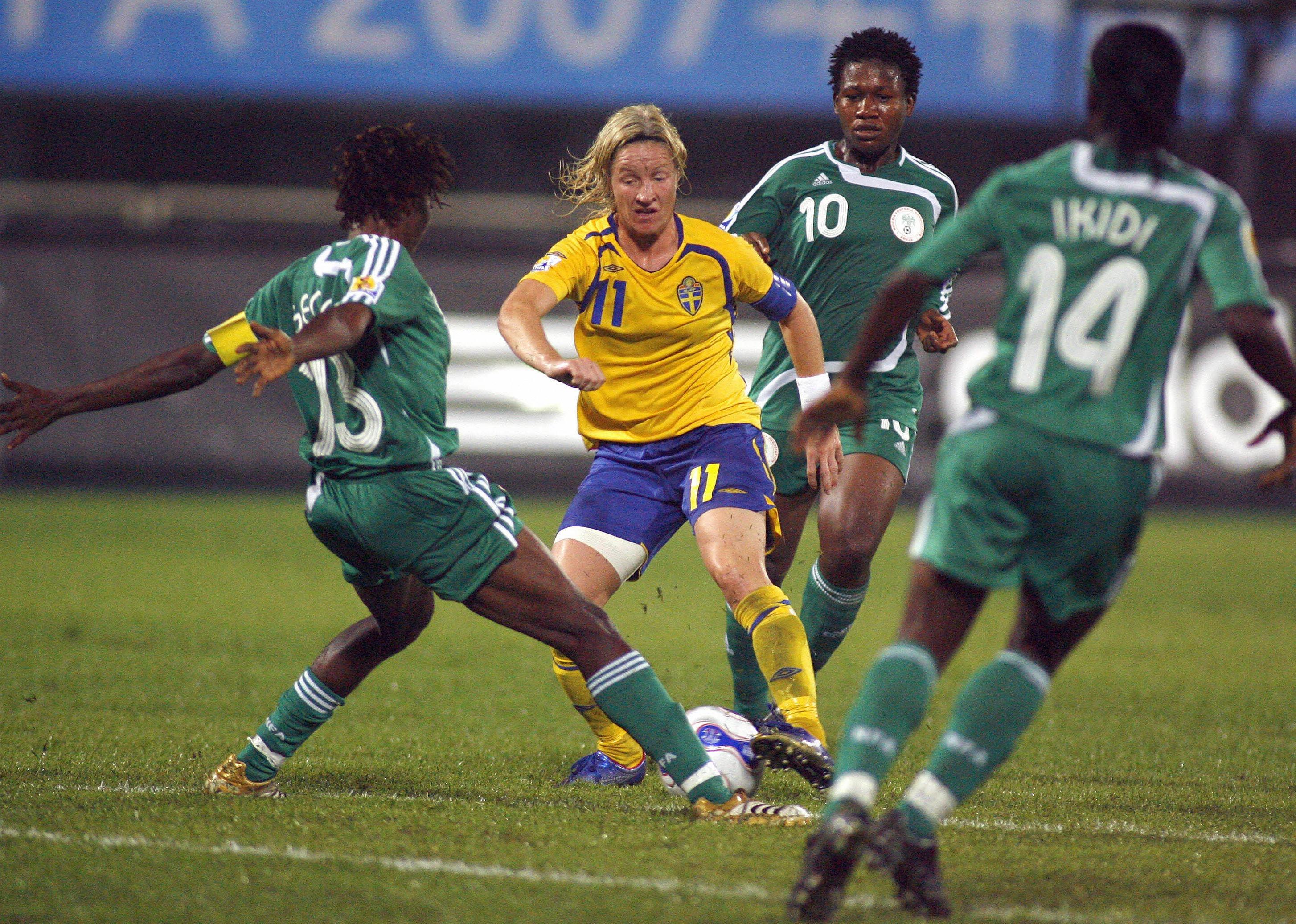
LIU JIN/AFP // Getty Images
Nigeria ties with Sweden (2007)
– Host country: China
– Final score: 1-1
The 2007 FIFA Women’s World Cup was not a winning competition overall for Nigeria, who only took home one win throughout the series. Still, that victory was nothing short of epic. The front squad of Sweden caused a slew of problems for Nigeria during the first half, not scoring a single goal. After Sweden scored a point, many were counting Nigeria out, but they continued to hold firm on defense, refusing to give Sweden another opportunity to score. Then, Cynthia Uwak’s last-minute goal put them at a draw, which no one saw coming. It was a fantastic game that defied the odds.
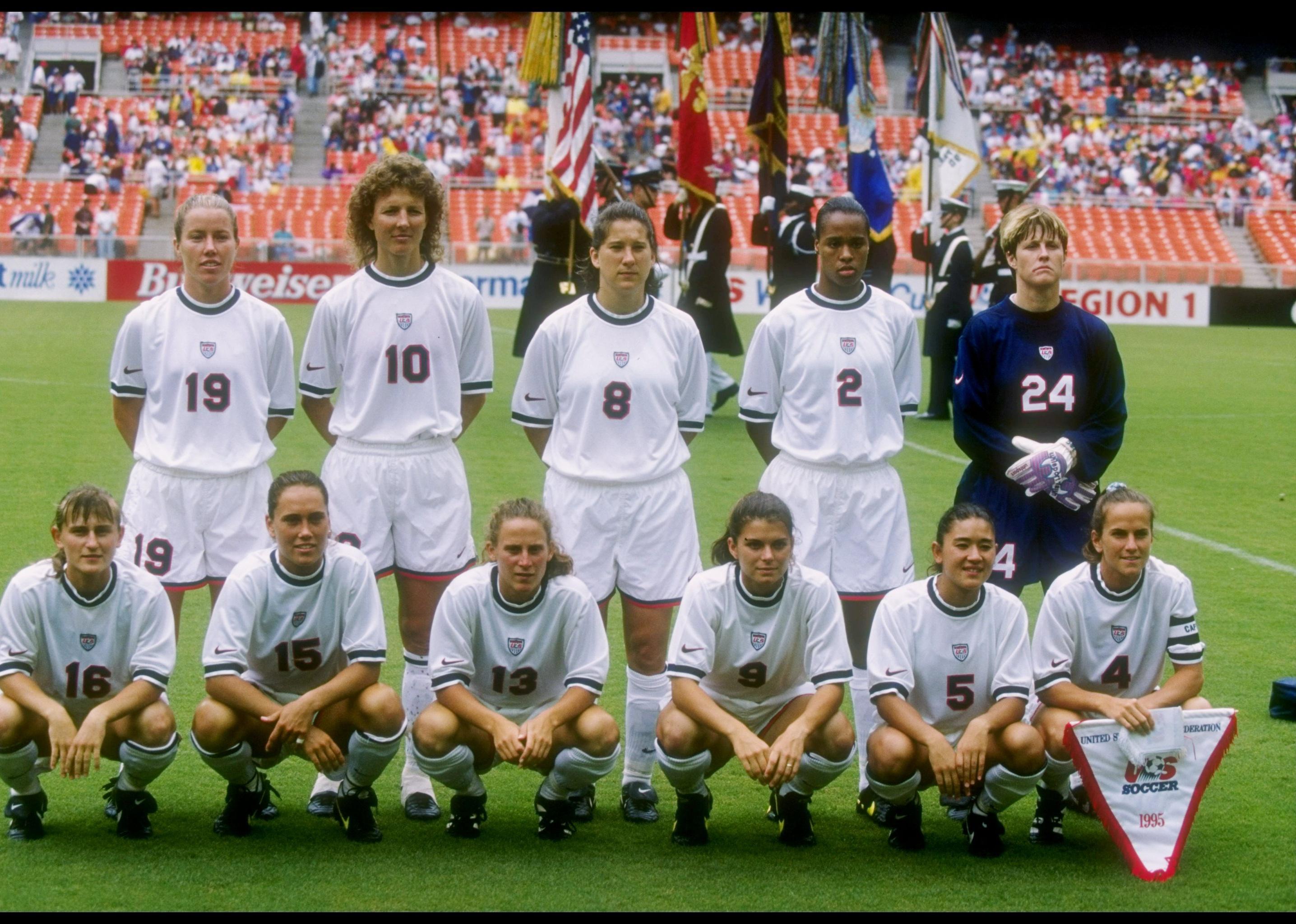
Rick Stewart // Getty Images
Norway defeats United States (1995)
– Host country: Sweden
– Final score: 1-0
Both Norway and the United States had favorable odds to win the Women’s World Cup in 1995, but the USWNT was considered slight favorites to take it all. However, Norway would reach the finals with this 1-0 win against the United States under their belt. Following the semifinal victory, Norway defeated Germany 2-0 in the final. The title earned them a qualifying spot in the Olympics tournament, making them the first team to bring a Women’s World Cup back to Europe.
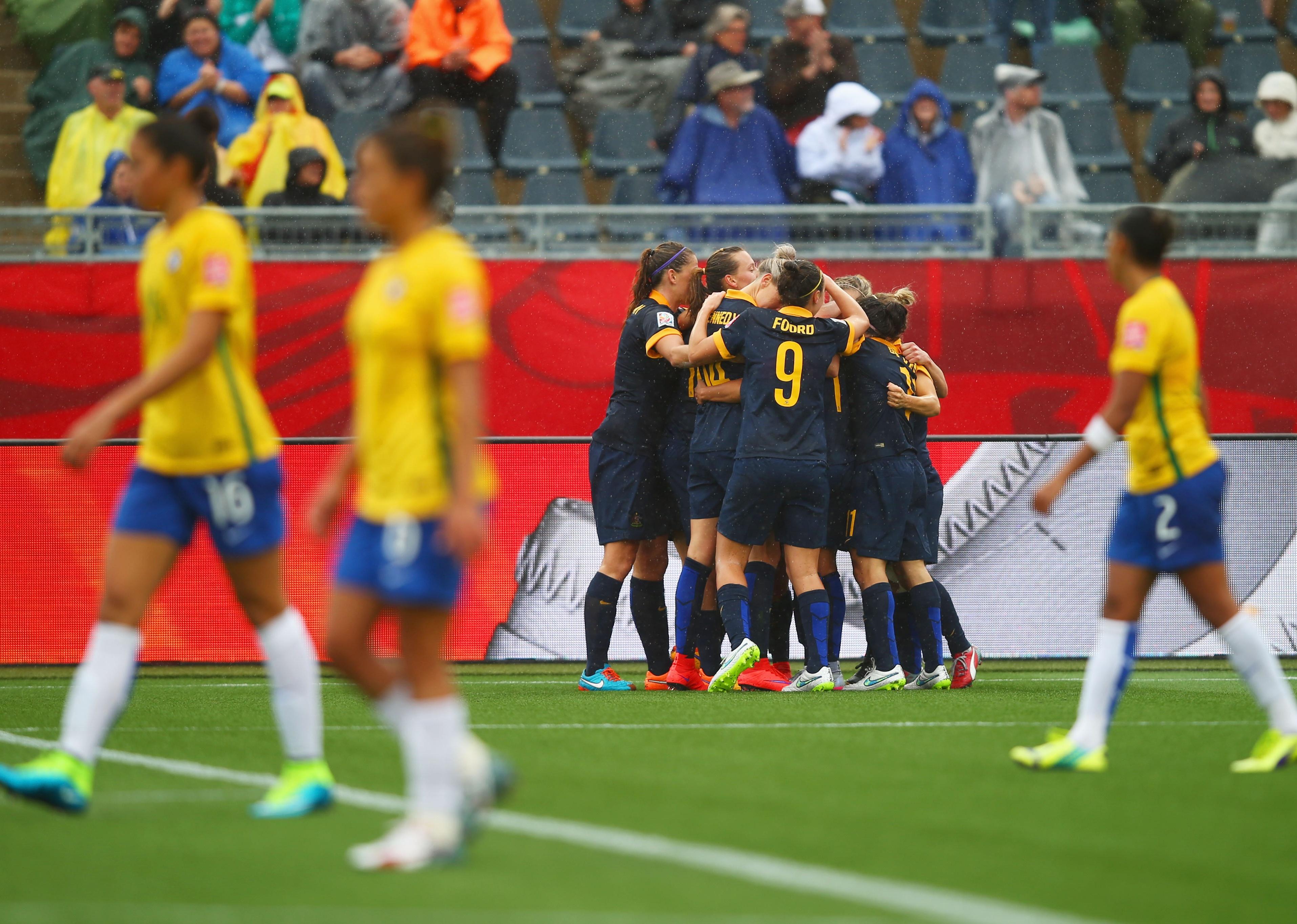
Clive Rose // Getty Images
Australia defeats Brazil (2015)
– Host country: Canada
– Final score: 1-0
Brazil was strongly favored to win this match against Australia after winning all three of their previous matches, whereas Australia was going in with a record of 1-1-1. Brazil’s team captain, Marta Vieira da Silva (or simply known as Marta). had been kept out of the winner’s circle of the World Cup Final in 2011, so the 2015 games were her next chance. With the wholly shocking 1-0 loss against Australia, thanks to Kyah Simon’s last-minute goal in the 80th minute of play, Marta was once again knocked out of contention for the cup. The United States would bring home the cup that year, with Australia getting knocked out in the quarterfinals by Japan.
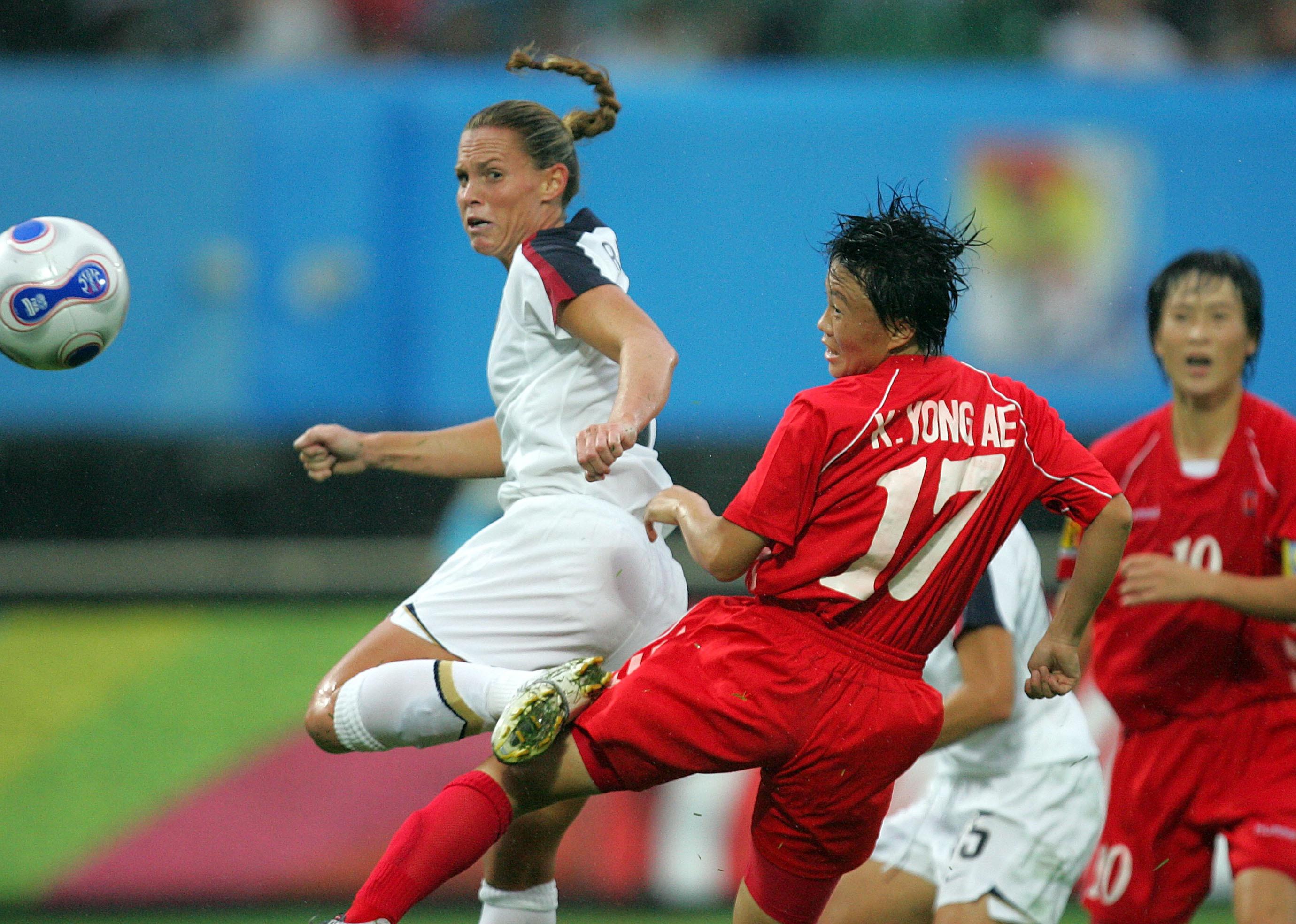
Ronald Martinez // Getty Images
North Korea ties with the United States (2007)
– Host country: China
– Final score: 2-2
It seemed 2007 was a year of upsetting draws with Nigeria’s surprising tie with Sweden and this 2-2 draw between North Korea and the USWNT. The U.S. already took home the cup in 1991 and 1999, respectively, and based on that pattern, they were due for another win in 2007. That’s why, in the first match of the series, when the U.S. took the pitch at Chengdu Sports Centre, there were few in the crowd or around the globe anticipating a difficult match, let alone a full-on fight to the draw. But that is exactly what fans got.
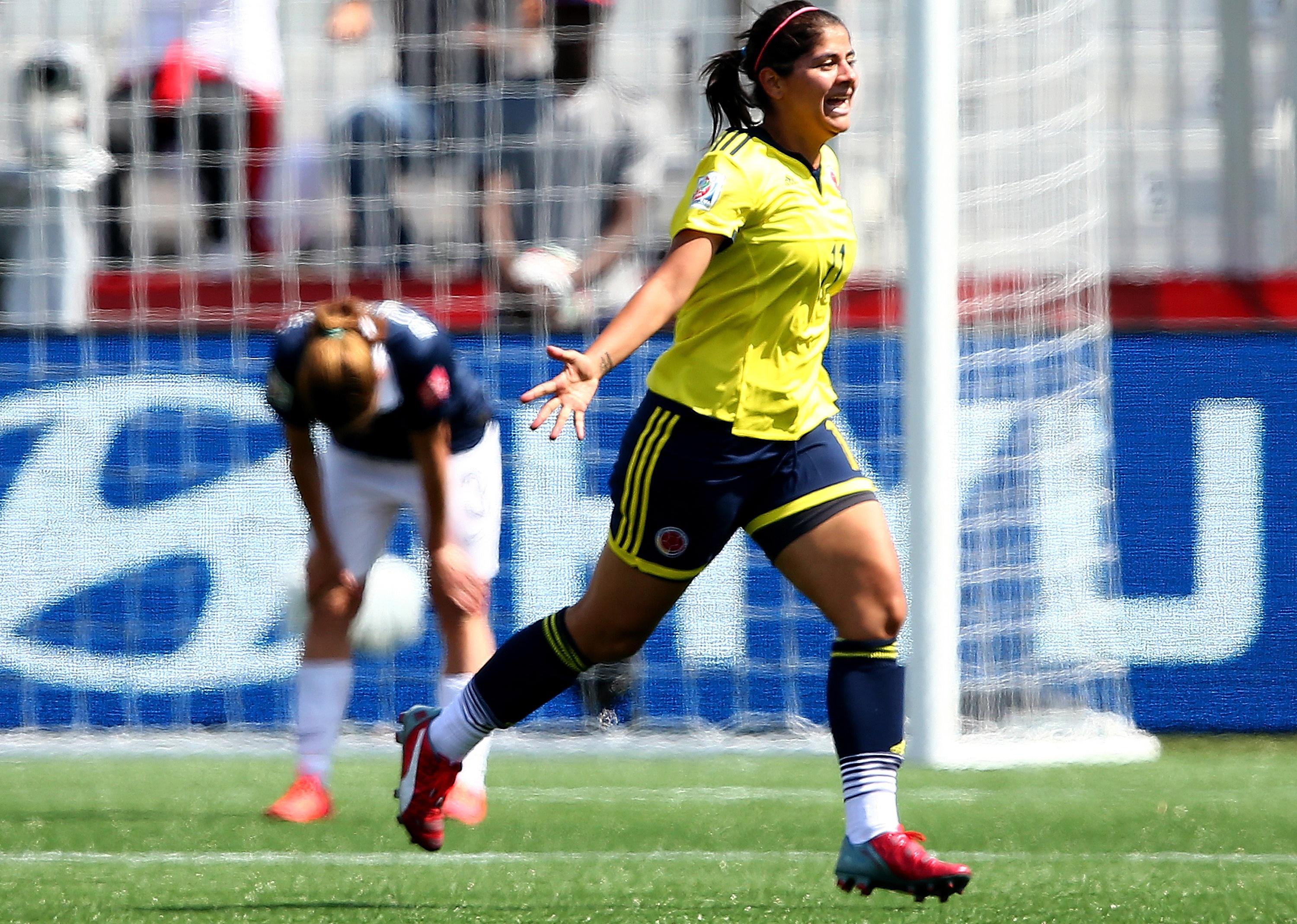
Elsa // Getty Images
Colombia defeats France (2015)
– Host country: Canada
– Final score: 2-0
There are upsets, and then there are shockers. When it comes to the FIFA Women’s World Cup, Colombia’s match against France for the 2015 title remains one of the sport’s biggest upsets. Colombia was ranked #28 in the world when they walked onto the pitch, which was only the team’s second appearance in FIFA Women’s World Cup history. Their previous stint, in 2011, left them without one match win under their proverbial belts. Meanwhile, France was coming into the battle ranked #3 and certainly favored to make it far in the matches. The out-of-nowhere defeat against Colombia was perhaps the biggest upset shocker in the sport’s history thus far.
Data reporting by Karim Noorani. Story editing by Jeff Smith. Copy editing by Paris Close. Photo selection by Clarese Moller.
This story originally appeared on OddsSeeker and was produced and distributed in partnership with Stacker Studio.





































































































